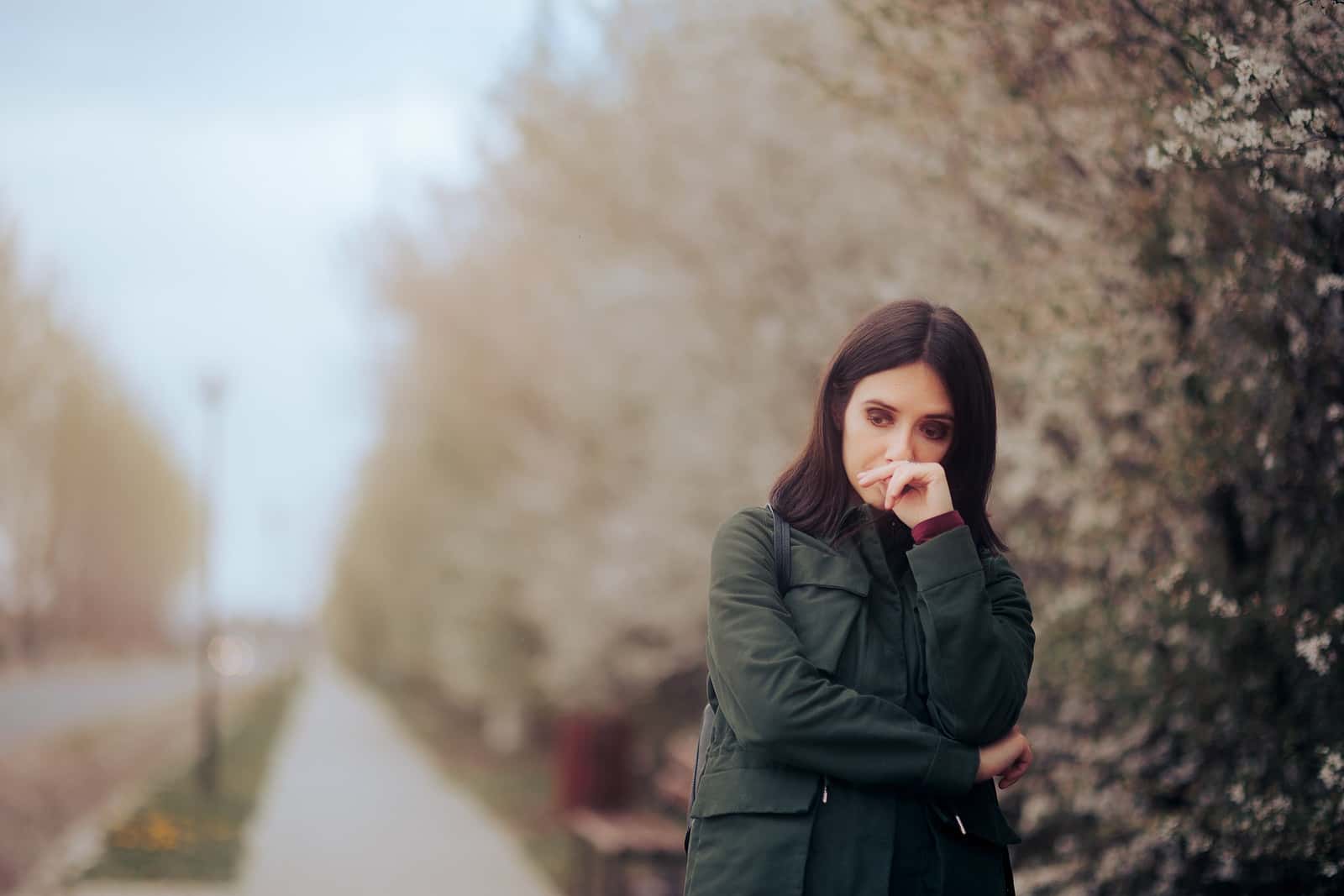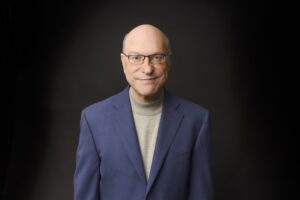
Defeating Seasonal Affective Disorder
This week, we interview the doctor who first identified seasonal affective disorder (back in 1984!) and went on to develop treatments. You may want to listen to it through your local public radio station or get the live stream at 7 am EDT on your computer or smart phone (wunc.org). Here is a link so you can find which stations carry our broadcast.
One of the most effective treatments for SAD and the similar but less severe winter blues is bright light therapy. Not all sufferers respond to light therapy alone, however. Dr. Rosenthal describes the additional approaches that improve people’s response. If you can’t listen to the broadcast, you may wish to hear the podcast later. You can subscribe through your favorite podcast provider, download the mp3 using the link at the bottom of the page, or listen to the stream on this post starting on November 13, 2023.
What Is Seasonal Affective Disorder?
By now, many people are aware that some individuals have a hard time with short days and long nights. Their appetites and sleep patterns may change, and they may retreat from social activities because they can’t get energized. They have trouble concentrating and may become irritable.
It’s as if they get depressed every year at the same time, on cue. Psychiatrists estimate that about 5 percent of the population experiences seasonal affective disorder, or SAD. That could be as many as 10 million Americans. At times, physicians may prescribe antidepressants, but usually the treatment that works best for SAD is light. Evidence suggests that the lack of sunlight, especially when someone feels stressed, is a prime trigger for seasonal affective disorder.
Is SAD Linked to Latitude?
The further from the equator you get, the more pronounced are seasonal differences in daylight. Think of a place above the Arctic Circle, for example, like Tromsø, Norway. In the summertime, they celebrate the midnight sun. In the winter, however, people in Tromsø see very little daylight. Unless they are uncommonly resilient, they could be susceptible to SAD.
Light for Seasonal Affective Disorder:
The principal treatment for SAD is light therapy, usually utilizing a light box. This must be a minimum of one foot square and supply at least 10,000 lux. That is the equivalent of being outside on a cloudy day. Generally, the prescription is for 20 to 30 minutes of exposure every morning. People who would rather not use a light box might be able to spend that time outdoors under the dome of the sky. A roof, awning or umbrella would undermine the treatment.
Approximately 30 to 40 percent of people with seasonal affective disorder do not respond completely to light therapy. They need additional help beyond light exposure alone. Exercise has been shown to benefit them, especially if it is conducted outside. Cognitive behavior therapy is also extremely helpful, as is meditation. Lastly, people with SAD may want to pull back from their usual social activities. If they can maintain their social connections, this is very therapeutic in the effort to defeat seasonal affective disorder.
The Autumn Checklist for Defeating Seasonal Affective Disorder:
Those who know that they often experience SAD should get ready before winter. Dr. Rosenthal recommends addressing the following questions:
1. Have I purchased a light box for the winter?
2. Do I have at least one bright, inviting room in my home?
3. Have I made plans for at least one winter vacation in the sun?
4. Should I check in with my doctor since I am entering my season of risk?
5. Have I notified close family members and friends that I may need extra support?
6. Do I have a physical fitness program in place? (It’s easier to keep exercising than to start.)
7. Could I reframe my attitude and look at winter as a challenge instead of an affront?
8. How can I find beauty in the colorful season of autumn, here and now?
This Week’s Guest:
Norman E. Rosenthal, MD is a psychiatrist and scientist who first described SAD in 1984 and pioneered light therapy as a treatment. Dr. Rosenthal is currently Clinical Professor of Psychiatry at Georgetown University School of Medicine. Dr. Rosenthal is the author of several books, his most recent being Defeating SAD (Seasonal Affective Disorder): A Guide to Health and Happiness Through All Seasons
His website is https://www.normanrosenthal.com/about/

Dr. Norman E. Rosenthal, author of Defeating SAD
Listen to the Podcast:
The podcast of this program will be available Monday, November 13, 2023, after broadcast on Nov. 11. You can stream the show from this site and download the podcast for free.

